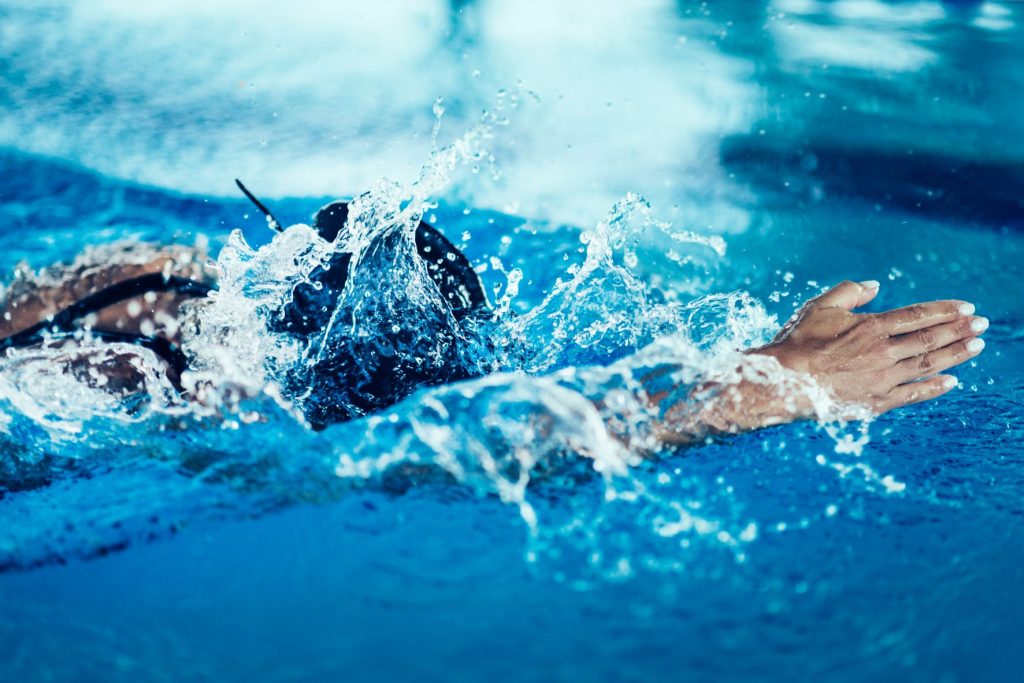Cardiovascular Training – How Long Should You Swim to Get a Good Workout?
Swimming can be a great cardiovascular workout. There are several different strokes that you can use. For instance, you can use the front crawl, which is the fastest stroke. It also covers more distance. You can also try the sculling stroke by pulling through the water with a curved S-shape. You should aim for fewer than 25 strokes per 25-yard pool.
Mix up your strokes
When swimming, it’s important to mix up your strokes to get a good overall workout. Each stroke uses different muscle groups and can increase the intensity of your workout. Also, mixing up your strokes can improve your breathing and body positioning. Lastly, swimming non-dominant strokes helps strengthen your freestyle stroke by using different muscles. Practicing new strokes can also awaken new muscle groups and increase your heart rate and aerobic capacity, which will help you burn more calories.
Mixing up your strokes can give your arms, shoulders, biceps, and triceps a good workout. Each stroke also uses the core muscles, which are constantly engaged during swimming. Make sure to rotate at the hips during your strokes.

Freestyle – The most common swimming stroke, freestyle is the fastest and easiest to learn. Beginners can practice freestyle with great results.
Proper kicking causes the water to “boil”
Proper kicking causes the water to “bool”. When a swimmer performs the backstroke kick, they should feel no distinction between the boils from each foot and use their peripheral vision to watch their knees. If your knees are lifting or your knees are bent, this indicates that you are making a bicycling motion instead of lifting your legs. This motion weakens your kick.
Writing out a workout before you go to the pool
Writing out a workout before you go to swimming pool can help you get the most out of the time you spend in the pool. It can help you focus your training and avoid the stress that comes with a chaotic workout. Each workout should have a defined goal and a specific length of time. It’s also important to write out transitions between groups.
Before you go to the pool, write down your workout and decide what you hope to achieve. Choose a success metric, such as holding a certain pace or hitting a certain distance. You can also decide the density of the workout, which refers to the amount of distance you cover in a given amount of time. For example, if you want to achieve the fastest time of the day, you can choose to swim 1000 yards densely over 30 minutes. You can use a swim pace calculator to determine what pace is appropriate for different densities of workouts.
Swimming is a great form of cardiovascular training
Swimming is a great form of cardiovascular training, and can be performed on a daily basis. It is very effective in lowering your risk of many different diseases, including stroke, heart disease, and type 2 diabetes. It strengthens the heart muscle, which is the only muscle in the body that can last for many hours without tiring. Swimming also helps you recover from long-term illnesses or injuries. You can also perform swimming exercises while you’re recovering from surgery.
Swimming works the heart and lungs, and can help improve lung health. It can also improve breath control, which is beneficial in other workouts and in managing your mental state. Swimming also requires coordination, with your arms, legs, and core working as one to propel yourself through the water. You must maintain a constant leg kick while also rotating your torso and pulling backwards.
In addition to being beneficial for your heart, swimming can improve your blood pressure, blood circulation, and lungs. Research shows that swimming is excellent for cardiovascular health and will reduce the risk of stroke, heart disease, and high blood pressure. In fact, a study published in the British Journal of Sports Medicine looked at adults for 20 years and found that swimmers who practiced swimming on a regular basis had a 41 percent lower risk of heart-related death. This is largely due to the fact that swimming will allow your blood to circulate back to your heart and legs, and can burn almost as many calories as a brisk walk or jog.